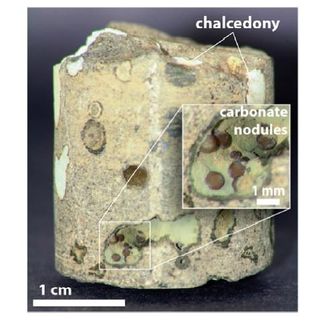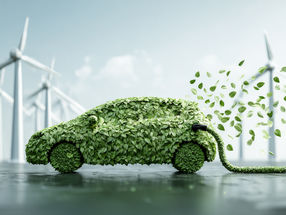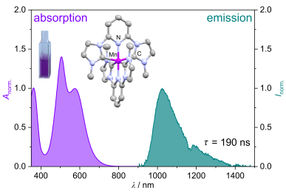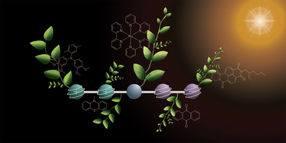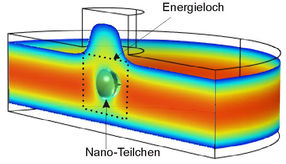Urban grass might be greener, but that doesn't mean it's 'greener'
UC research explores how efforts to keep urban lawns looking green and healthy might negate the soil's natural ability to store atmospheric toxins
Advertisement
Amy Townsend-Small, a UC assistant professor of geology and geography, shows the effects lawn management techniques have on greenhouse gas production in urban landscapes. She says there's a high energy cost associated with common lawn-care methods such as mowing, irrigation and fertilization due to the processing and transport required for these products and services.
"Landscaping is something everyone can understand," Townsend-Small says. "You probably have your own maintenance routine you do. To make your lawn look nice, you need to use fossil fuels, which emit carbon dioxide. Depending on the management intensity, lawns could either be a small sink – meaning they store carbon – or a small source of greenhouse gases to the atmosphere."
Fossil fuels are used to power lawn mowers and trimmers, to pump irrigation water, and to make fertilizers – and all of these activities emit carbon dioxide.
For her research, Townsend-Small monitored the carbon uptake and storage – known as carbon sequestration – in the soil of urban lawns in Los Angeles and Cincinnati. Despite the extreme climate variation between the two regions, she found the lawns had surprisingly similar abilities to absorb carbon and store it in soils. But there's a stark contrast in how those lawns are managed, leading to differences in their ecological impact.
Most read news
Other news from the department science

Get the chemical industry in your inbox
By submitting this form you agree that LUMITOS AG will send you the newsletter(s) selected above by email. Your data will not be passed on to third parties. Your data will be stored and processed in accordance with our data protection regulations. LUMITOS may contact you by email for the purpose of advertising or market and opinion surveys. You can revoke your consent at any time without giving reasons to LUMITOS AG, Ernst-Augustin-Str. 2, 12489 Berlin, Germany or by e-mail at revoke@lumitos.com with effect for the future. In addition, each email contains a link to unsubscribe from the corresponding newsletter.
Most read news
More news from our other portals
Last viewed contents
Beckman Coulter Signs Distribution Agreement with pION INC for Automated Drug Permeability Analysis
BASF increases prices for calcium D-pantothenate (vitamin B5) and announces routine plant maintenance

Wasserberg S.A.C.I.F. e I. - Buenos Aires, Argentina
List_of_withdrawn_drugs




